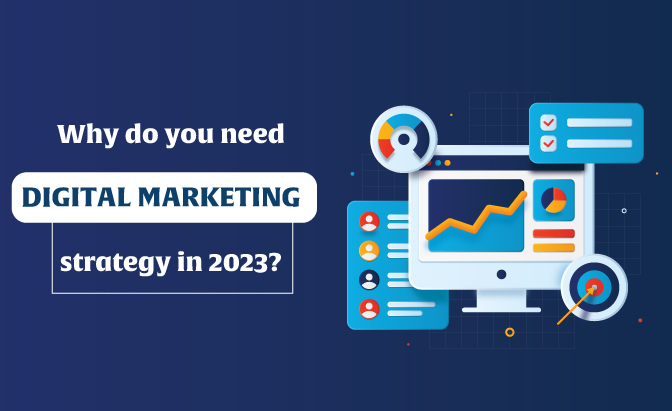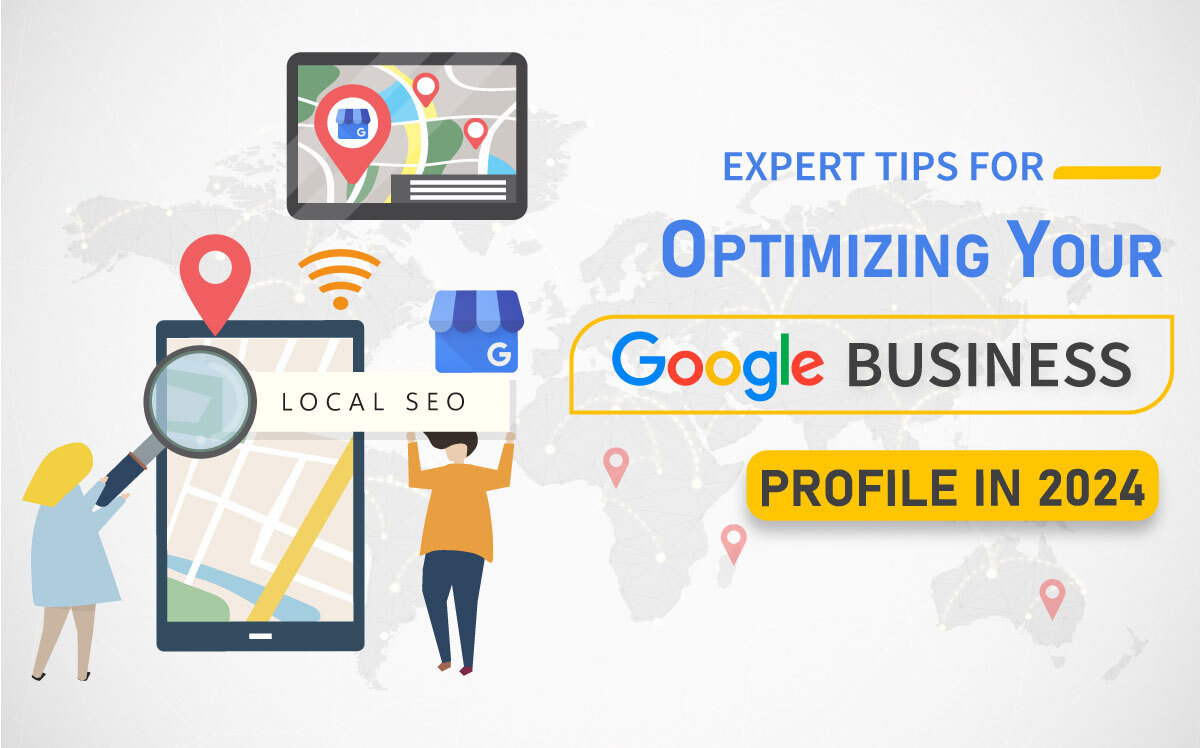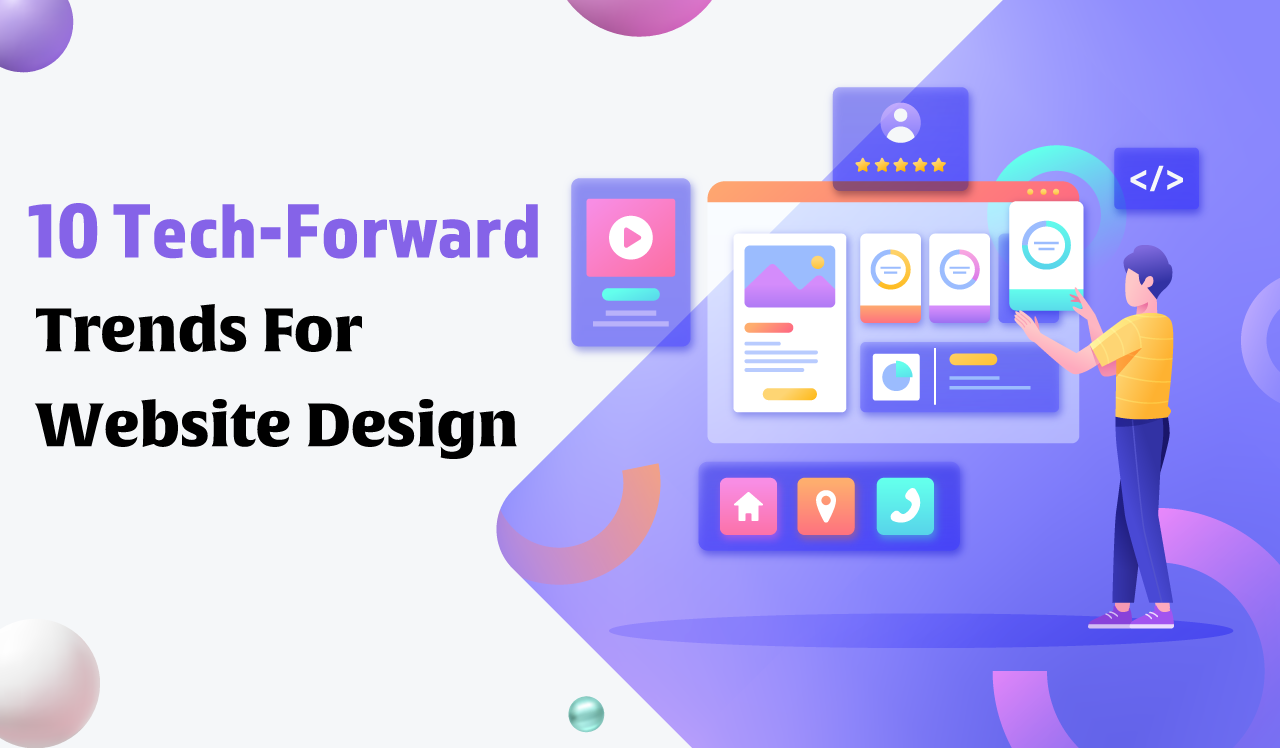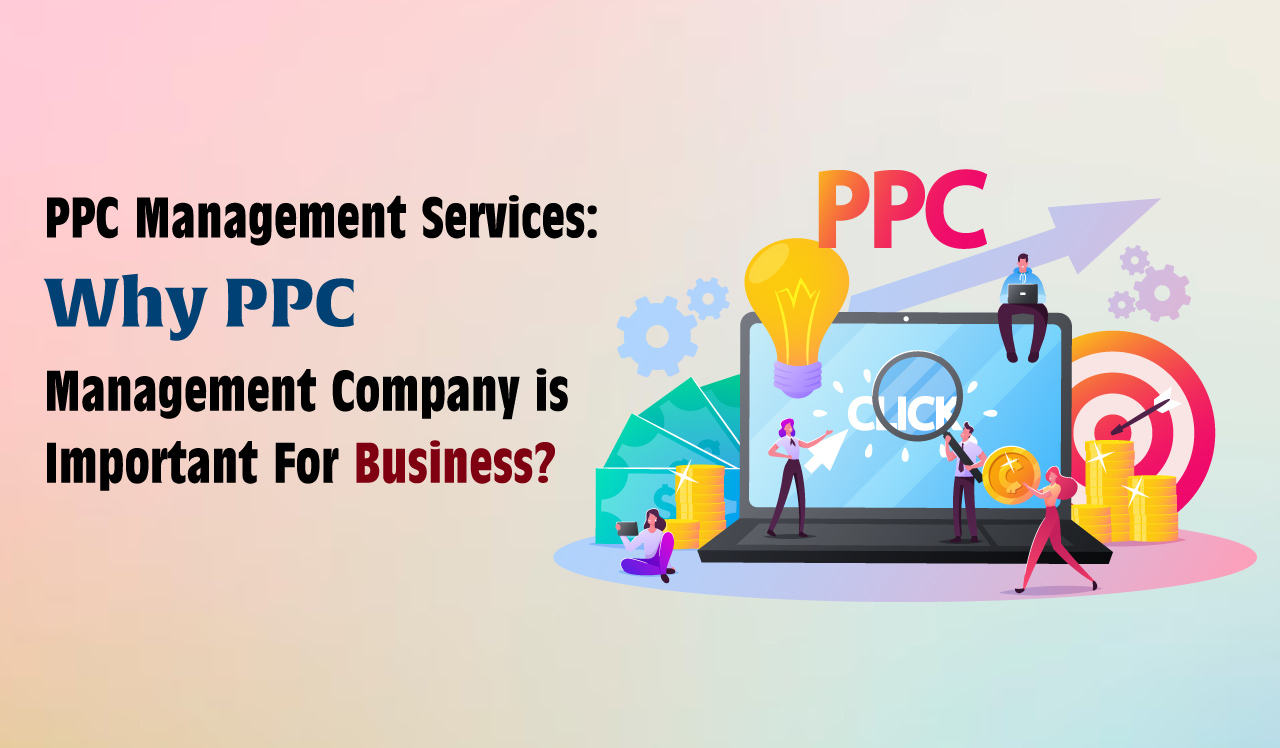Digital marketing has been the soul of every company today. However, sometimes it gets difficult to keep up with digital marketing trends since the industry moves so quickly. So, it becomes more than important for companies to connect with a digital marketing agency to stay ahead in their online marketing goals. Moreover, if we talk about a great digital marketing campaign or strategy, it has a lot of moving pieces, which makes it difficult to keep track of everything.
The covid-19 outbreak has transformed the day the digital sector works. Simply put, when individuals went online to explore, evaluate, and purchase, it made a drastic shift in the way B2B and B2C enterprises across industries operated. This move has had a significant influence on the digital marketing industry, which made other businesses switch to the online mode of operation. Moreover, this pandemic has made the world go online. From eCommerce to restaurants, small shop owners to big-scale companies, all are looking for strategies that can make their business visible to their target users.
Today, even digital marketers are finding it challenging when it comes to staying on the first page of Google. This is because of the change in algorithms and the advancement in technology. Several new and interesting advancements in the digital world will influence how we connect with our audiences. We’ve broken down the important and latest digital marketing trends to be aware of in 2023 to help you absorb and manage the year ahead.
Quick Takeaways
- Customer Experience, Employee Engagement, and Content Visualization will be the most popular marketing trends in the coming year.
- The term “marketing” is continually evolving and growing more inclusive.
- Marketers must collaborate with other departments to develop exceptional client experiences and engage customers in long-term relationships.
- Metaverse, NFT, interactive marketing, personalization, and artificial intelligence are the future.
Top 16 Digital Marketing Trends in 2023
1. Chatbots
You’ve probably dealt with a chatbot if you’ve ever had e-commerce say an Amazon transaction goes wrong or a Zomato app order goes haywire. The rise of online and e-commerce purchases, along with the capacity of a chatbot to communicate with consumers and simulate real-life interactions, makes it a highly appealing go-to option for businesses.
For marketers, this gives a once-in-a-lifetime chance to leverage chatbots to not only deliver immediate customer assistance but also as a source of direct information and data collecting.
Chatbots have been more popular in recent years, and they are now being employed in innovative ways to increase consumer interaction and website traffic. Chatbots aren’t going anywhere, and they’re just going to get more popular as time passes on.
2. Personalization
We strew a lot of data on the internet. As a result, many of us seek hyper-personalized experiences. This marketing tactic should not be overlooked while discussing digital marketing developments.
We want to see precisely what we want when we want it. That means tailoring your online marketing message and delivering it at the proper time are essential. You may construct several subscription pop-ups and separate consumers into groups based on where and when they subscribed using sophisticated capabilities.
Don’t just target all of your fans when developing social media advertising. Consider the many sorts of customers who could be interested in your goods and build ad sets that are targeted to their tastes. Your click-through rate will rise.
3. Experimental Marketing
In today’s world, marketing is more interactive and experiential than it has ever been. It is something that people demand, and businesses will definitely respond. Conversational or digital marketing helps businesses to respond to client needs at the right time, through the appropriate channels, and in the most efficient way possible, resulting in a better customer connection.
As a result of the current situation and hybrid methods of doing things, experiential marketing will grow dramatically. Today, the ‘touch and feel’ module is a fundamental decision-making element which allows businesses to deliver distinct customer experiences.
Interactive and immersive marketing may help businesses reach a larger audience, increase brand memory, and increase transactions. In the hybrid world we live in now, these marketing approaches will be quite popular, and they will help organizations improve their marketing game.
4. Video Marketing
It doesn’t require a Ph.D to demonstrate the importance of visual storytelling. Consumers prefer to watch videos over reading text—as many as four times as many prefer to watch videos than reading text.
However, making a video is difficult. You’ve created a formula for catastrophe for your brand when you combine the inability to edit, a lack of consistency, and a lack of planning.
For years, video has been a strategic approach to contacting customers on social media, and it’s not going away anytime soon. Brands can engage with their customers in new ways thanks to platforms like YouTube and Instagram.
Video editing trends change all the time, so make sure your video crew stays up to date to stand out in a sea of material. Keep in mind that participation is essential. You want your customers to respond to your message by commenting, liking, and/or sharing it, not simply seeing it.
5. Account-Based Marketing
There’s been a dramatic change in marketing, with companies taking a closer look at innovative, customer-centric techniques that combine marketing and sales to build long-term, high-engagement revenue relationships with important clients. Your lead funnel is actually turned inside out with ABM.
The strategy prioritizes clients who meet your company’s ideal persona, and it gives marketers a bigger stake in the post-sale customer experience, with the ultimate objective of developing brand ambassadors who will help you sell your business.
6. Audio Activated Search
This trend pays homage to some of our most well-known virtual assistants, like Siri, Google Home, and Alexa. People have been utilizing digital voices to help them with practically everything in the last few years, including playing music, checking the weather, setting alarms, and getting directions.
Many of our everyday digital devices, such as smartphones, computers, tablets, and other devices, now support voice search. Voice-activated search is expected to reach a new high in coming years, thanks to its ease and convenience. As a result of this trend, there is a huge potential for digital marketers who want to improve their company’s SEO.
Text-based search will soon be obsolete, so if you want your material to be found, make sure it’s designed for both voice and text search.
7. Augmented Reality and Virtual Reality
Augmented reality (AR) and virtual reality (VR) are unquestionably the two primary technology advances poised to disrupt the present and future of business (VR). AR and VR have surfaced as the heroes of this epidemic, allowing marketers to bring experiences to life – although virtually – from product creation to storytelling and generating compelling content.
While video content will continue to dominate in the years ahead, the utilization of AR and VR to build 3D worlds that reinforce the emotional links between a business, its goods, and its customers will be the next ‘big thing’ in 2023.
Customers can now access an AR app and see a 3D illustration of furniture in their home spaces before making a purchase, and many brands have already begun to incorporate AR into their customers’ regular shopping experiences – for example, a jewelry app provides AR, and customers can now access an AR app and see a 3D illustration of rings, earrings, etc. before making a purchase.
8. NFTs and Crypto
Even if you don’t invest in cryptocurrency, the emergence of online currencies and non-fungible tokens (NFTs) has been hard to ignore in recent years.
With social media platforms like Twitter attempting to incorporate cryptocurrency payments and a growing trend for display tools that highlight in-app NFT transactions, now is the time to think about how your company can get on board.
Facebook and YouTube are already advocating the usage of NFT display choices and avatars, and we anticipate that other businesses will follow suit.
9. First-Party Cookies
We know the end of third-party cookies is near. As customers become more worried about how their personal information is utilized, rules are being passed that severely limit what marketers may do with such information.
Third-party cookies are the driving force behind most popular marketing tools up until now. They enabled them to collect massive amounts of data, which they could then use to tailor their advertising and improve the accuracy of their continuous marketing operations.
Marketers will be forced to depend only on their own data if they move to first-party cookies. As a result, in keeping with the prevalent “people first” marketing strategy, it will become increasingly vital to be more cognizant of what data a company collects and how it is used.
10. Podcasts
The pandemic’s disruptive tendencies, along with the expansion of digital marketing, have resulted in the growth of emerging digital audio content listeners known as Podcasts, who are similar to old-school radio listeners. In 2023, India is expected to have more than 100 million audio content listeners.
Podcasts, audiobooks, and other audio-based internet entertainment are examples of digital audio material available on Indian platforms, developed using both the User Generated Content (UGC) and Professionally Generated Content (PGC) models.
 +971 5858 36655
+971 5858 36655 +61 450 414 566
+61 450 414 566 +91 83607 42383
+91 83607 42383





 Our Team
Our Team Web Development
Web Development Web Designing
Web Designing Graphic Design
Graphic Design Content Writing
Content Writing App Development
App Development SEO
SEO PPC Management
PPC Management Digital Marketing
Digital Marketing